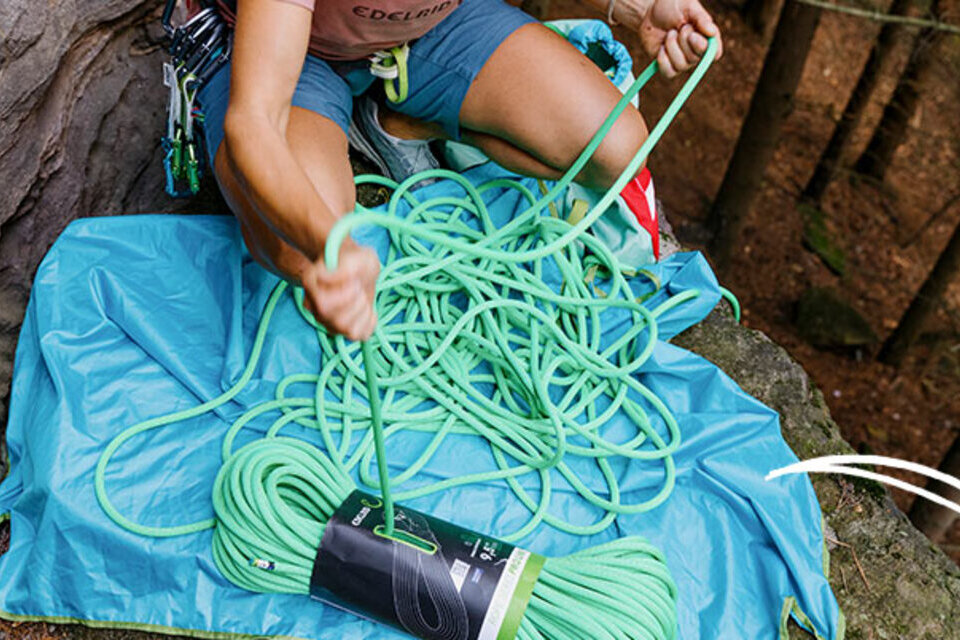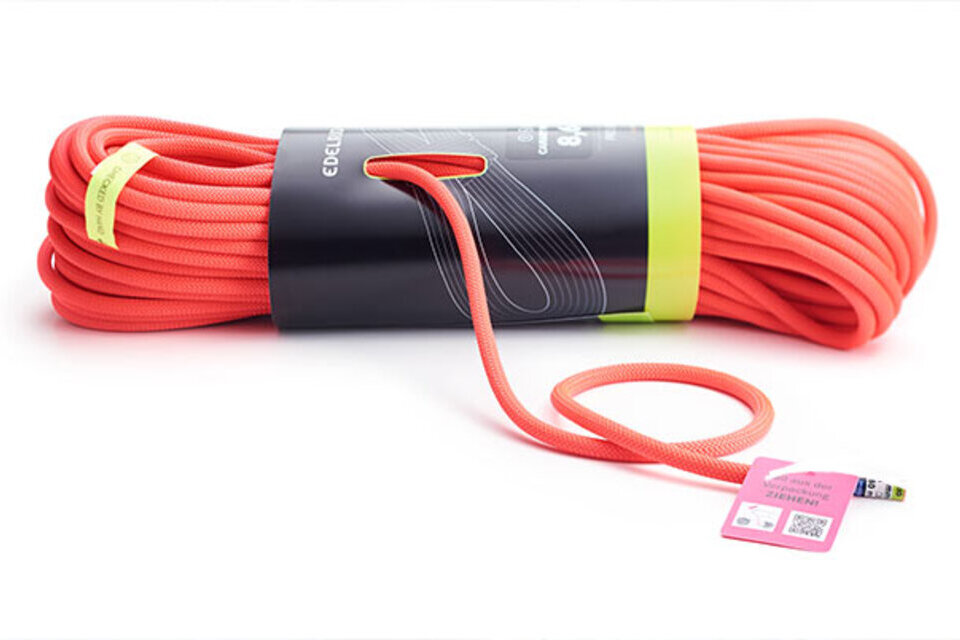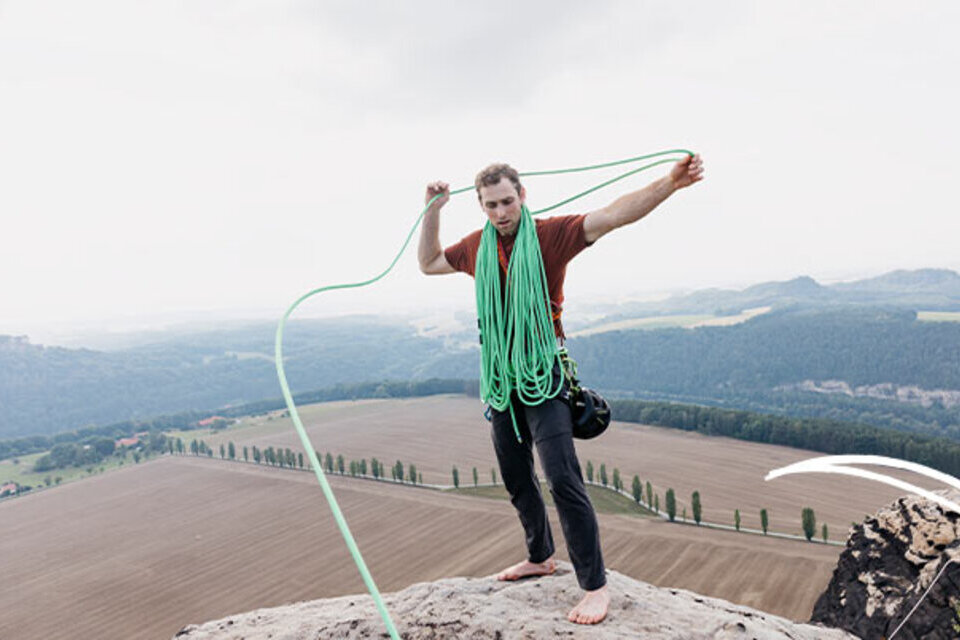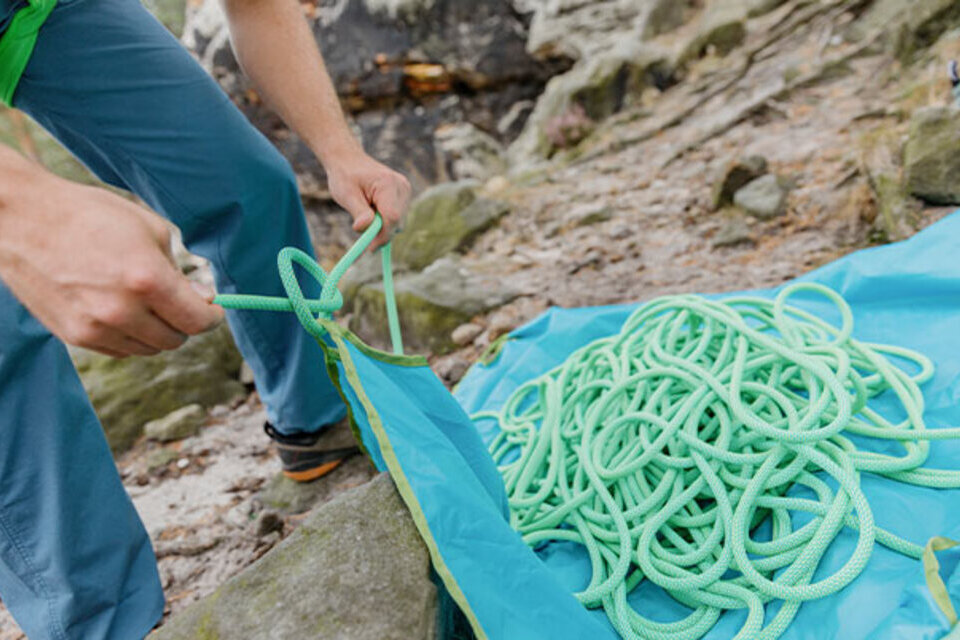The myth buster about twists in ropes – how they arise and how they can be avoided.
Twists are revolutions in ropes; loops that ‘spiral around’ as if by themselves when the rope is pulled through the hands, a carabiner, or belay device. Twists don’t reduce ropes’ strength but they do make them far harder to use. However, there are also accident mechanisms that are known to be caused by twists: When lowering, one hand is used to operate the belay device’s mechanism while the rope runs through the other hand, the braking hand. If a sturdy twist unexpectedly runs into the braking hand while lowering someone quickly, this will force open the fingers causing the braking rope to be lost. In the moment of shock, the contraction reflex can cause the belay device to be pulled too far. This means that twists in ropes are not only annoying but can also be dangerous. They should therefore always be avoided. But how can you do this and how do they arise in the first place?
Contrary to popular opinion, ropes don’t just become twisted of their own accord. Following production, climbing ropes are always neutral, smooth, and free from twists. In many cases, the first mistake that can cause twists in a rope occurs when the rope is removed from the packaging and used for the first time.




